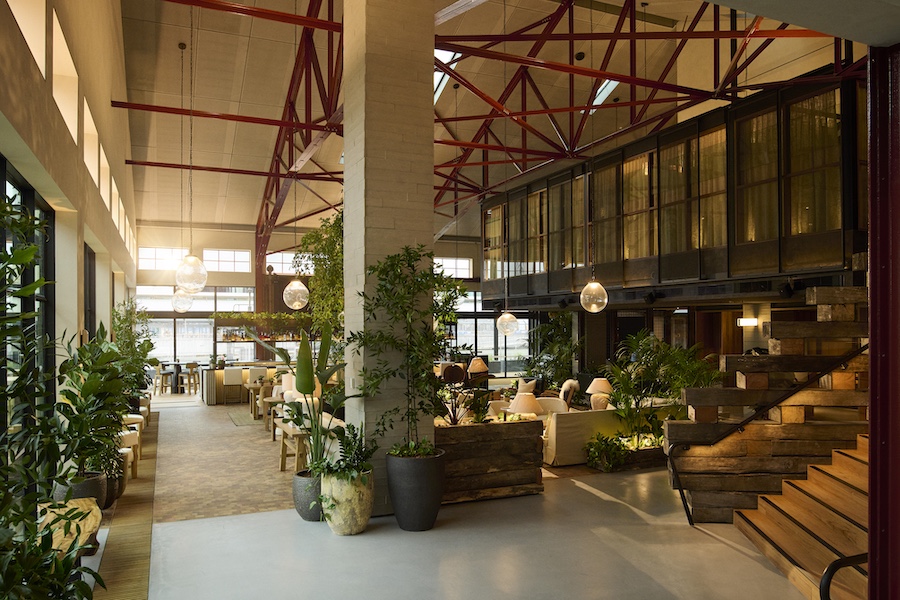Perkins+Will is getting the word out about hazardous chemicals. Today the global design firm announced the creation of the Perkins+Will Precautionary List of 25 risky chemicals that designers, construction companies, and architects should be wary of.
The list distills official government warnings about health hazardous chemicals and the types of commercial and residential building materials in which they are most commonly found. It also offers suggestions for alternative materials. The full list will be unveiled in full next week at Greenbuild 2009.
While LEED and other qualification programs have focused on materials and their sustainable qualities, according to Perkins+Will, this list aims to drill down further by clarifying which specific chemical components are damaging to individual health and the environment.
"We think the same thing [as LEED] should happen to the chemical component of materials. There should be a declaration of what’s in the materials if you ask," says Amanda Sturgeon, senior associate, co-director of sustainable design initiative at Perkins+Will. "We’re trying to highlight that this is also an important issue."
Sturgeon acknowledges that this can be a difficult concept to discuss because of the often obscure chemical names and the fact that much information is not specifically targeted to the building and design community. For that reason the list attempts to simplify the information and provides links for deeper reading on official government sites and documents.
For example, mercury is recognized as a neurotoxin that can be found in lamps, HVAC controls, floors, and thermostats. The Precautionary List urges the use of mercury-free light bulb alternatives and encourages builders to seek out these alternatives whenever possible.
Sturgeon grants that in some cases, these alternative materials may not be widely available. This is the case for PVC jacketing for wiring, which is required by code in some areas, but which Perkins+Will list as a danger for several hazardous chemicals in the material. Sturgeon says that the list may present a challenge to some designers and that is how it is intended.
"In some cases we need to be catalysts for change, to make the construction industry or owners and manufacturers aware that these materials are harmful from a health perspective," says Sturgeon. She emphasizes the role manufacturers play in developing safe building products, and informing designers and architects about what exactly is in their products.
Perkins+Will will present "Radical Transparency," which sums up what the company would like to see in building and construction, at the upcoming Greenbuild conference.
This is Perkins+Will’s most recent green initiative. Last year the architectural firm released a 2030 calculator to help designers and architects assess how close they were to meeting the sustainability targets outlined in the 2030 challenge, developed by Edward Mazria and the nonprofit group Architecture 2030.
"I worked on one of the first LEED buildings and we couldn’t find FSC woods or material with recycled content," says Sturgeon. "But when we started asking the questions, then product manufacturers started to realize, ‘Oh, people want to know this stuff,’ and now when you ask those questions, most manufacturers will be able to send you that stuff right away."


